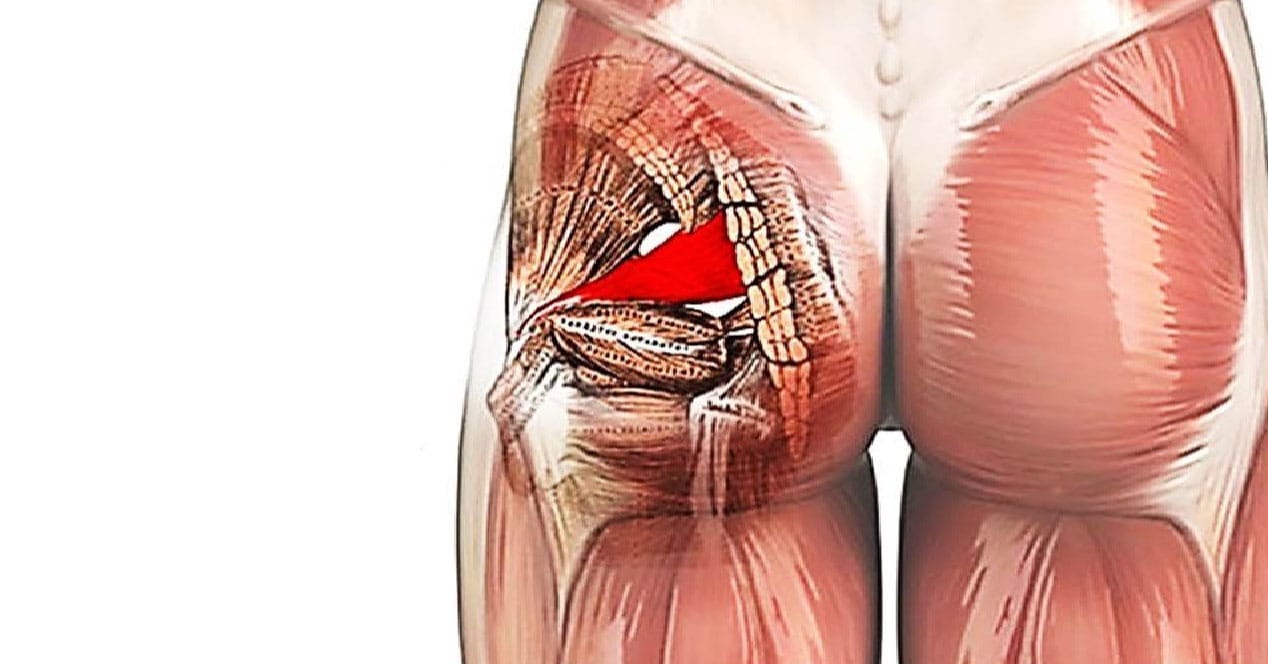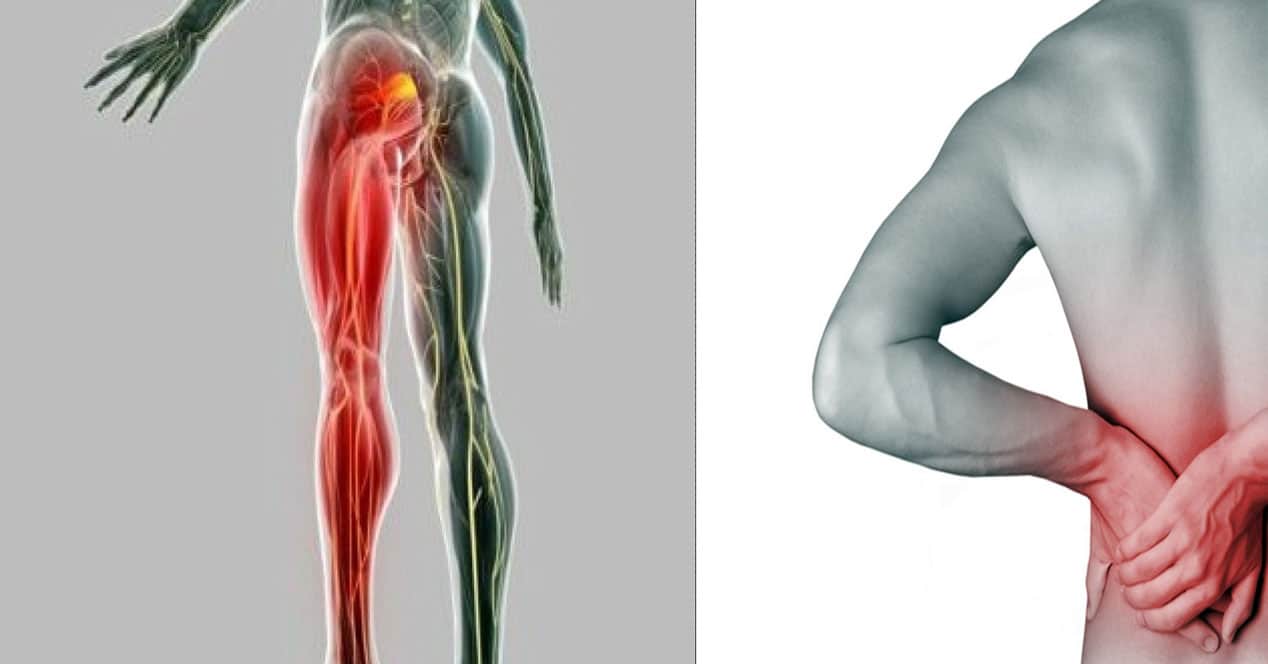
Athletes, especially runners, often confuse pyramidal syndrome with sciatic nerve pain. We are going to tell you what this syndrome is and how we can treat it or avoid its appearance.
What is pyramidal syndrome?
It is interesting that before describing the pathology, we know what the piriformis muscle. We have it located at posterior part of each hemipelvis and is attached by a branch to the sciatic nerve elderly. Confusion with the sciatic nerve is common because it passes under the piriformis muscle; contractions of this muscle compress the nerve and symptoms may appear that confuse it with sciatica.
We are facing a small but important muscle. Your function is to externally rotate the hip when it is below 90º of flexion. If it is above 90º, it will internally rotate the hip. When we are standing, it is the muscle that stabilizes our hip and favors its extension.
The Pyramidal Syndrome also belongs to the deep gluteus syndrome. Presents pathologies in the hip, hamstring and femoral impingement or psoas injuries. They are usually the of those who tend to suffer this injury more and the most common age is among 40 and 50 years. Although, of course, it is also a fairly common injury in athletes who run or who include explosive jumps in their training.
When a contracture of the pyramidal muscle it reduces the space through which the sciatic nerve passes too much, pain appears as weakness in the legs, numbness or loss of strength.
What are the causes of its appearance?
Generally, the pyramidal syndrome is caused by the muscle overuse, muscle spasms or inflammation of the soft tissues that cause the nerve to be compressed. if we talk about microtrauma They may be due to sitting on a hard surface, running, tennis or cycling. Although, sometimes, it also appears in professional drivers.
When we have pains It is because, roughly speaking, the posterior muscular chain has shortened and has caused alterations in the functioning of the pelvis and lower back.
For example, a long-distance runner who accumulates many kilometers begins to notice how his legs weaken and lose the ability to stabilize. His knees go inwards, causing an advancement of the pelvis and pinching of the nerve by the piriformis muscle is created.

Linares Physiotherapy
What are your symptoms?
Undoubtedly, the sharp pain It will alert you that something is wrong. It usually starts in the buttock with a tingling or numbness in the buttocks. It then spreads to the back of the hip, thigh, and foot.
Normally, those who suffer from it, They can't stand sitting for more than 20 minutes. nor are they able to cross their legs.
On the other hand, sciatica caused, for example, by a herniated disc, presents pain that is not constant and that only appears when we run, drive or go up and down stairs. Likewise, the athlete notices that his strength fails and his legs feel weak.
Can I prevent pyramidal syndrome?
In general, this pathology is born in sports, so we must pay special attention in training to avoid causing trauma or stressing the muscle.
- stretch and heat properly before starting training. Increase the intensity little by little and do not make sudden changes.
- Keep a good posture in all exercises, especially when running or walking.
- don't force if you feel pain Rest is essential, so do it until it disappears and if it persists, see an expert doctor.
What treatment is there?
The first thing you should do is go to the doctor to diagnose if we are facing sciatica pain or pyramidal syndrome. The treatment should be multidisciplinary and include activity modification and physical therapy. The muscles that form the muscular chain should be treated: pyramidal zone, lumbar, psoas, hamstrings, etc.
As we said before, the rest is very important, and we have to unite it with the local hot and cold application to relieve symptoms. It may also include a series of exercises and stretches that reduce compression of the sciatic nerve.
We have to avoid postures or movements that cause discomfort. In addition, it is essential that we modify the postures when doing sports to strengthen without generating pain in the area.
The ideal is to attend a sports physiotherapist to guide you and advise you on how to treat your injury to recover as soon as possible.
If you are in Madrid, we recommend the physiotherapy center recover well.